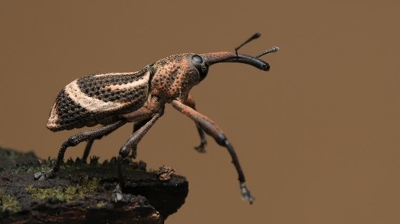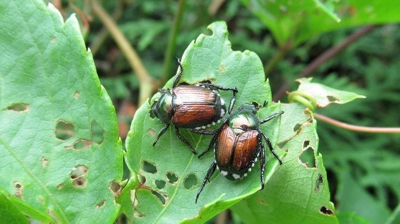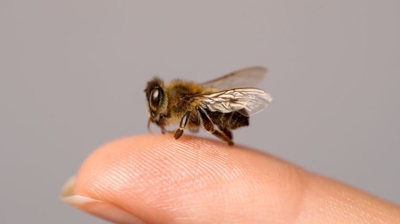
Sand Fleas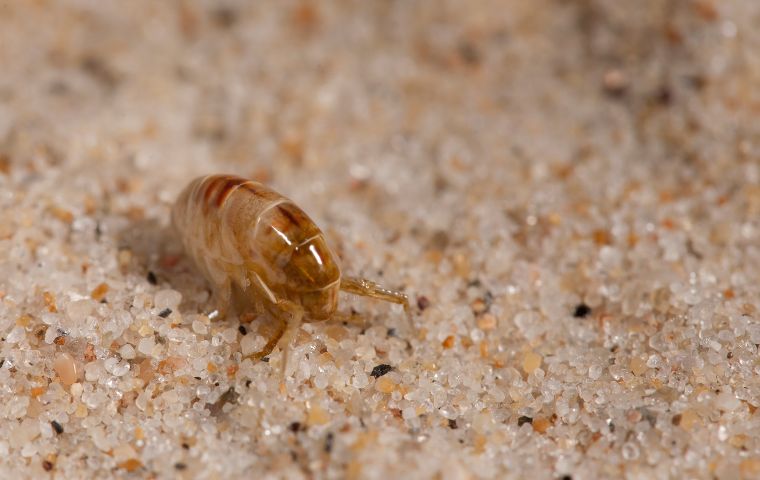
What Are Sand Fleas?
Sand fleas, also known as beach fleas or sand hoppers, are not actually fleas but rather small crustaceans belonging to the Talitridae family. These tiny creatures are commonly found in sandy coastal areas around the world and are known for their unique adaptations and behaviors. Here is a more comprehensive overview of sand fleas:
- Anatomy and Appearance: Sand fleas are small, typically measuring between 1 and 2 centimeters in length. They have elongated bodies with several segments and are usually brownish or grayish in color. Their most distinctive feature is their large, powerful hind legs, which they use for jumping.
- Habitat: Sand fleas are primarily found in sandy beach environments, where they burrow into the sand to create their homes. They are most active in the intertidal zone, which is the area between high and low tide. This habitat provides them with protection from predators and a constant source of food.
- Feeding Behavior: Sand fleas are detritivores, meaning they feed on decaying plant and animal matter found in the sand. They use their specialized mouthparts to scrape organic material from the sand particles. Their feeding activity helps to break down and recycle organic matter on the beach.
- Reproduction: Sand fleas have a unique reproductive strategy. The females carry their eggs in a brood pouch located on their abdomen. After mating, the female releases her fertilized eggs into the water, where they hatch into larvae. These larvae undergo several stages of development before becoming adult sand fleas.
- Behavior: Sand fleas are known for their remarkable jumping ability. They use their powerful hind legs to quickly escape from predators or disturbances in their sandy habitat. This behavior is where they get their common name, even though they are not related to true fleas.
- Ecological Importance: Sand fleas play a crucial role in beach ecosystems by facilitating the decomposition of organic matter. They are also an important food source for shorebirds and fish, contributing to the overall food web of coastal environments.
- Human Interaction: While sand fleas are generally harmless to humans, they can sometimes cause irritation when they come into contact with skin. Their bites can be itchy and uncomfortable, similar to mosquito bites. However, these interactions are relatively rare and not a significant concern for most beachgoers.
Sand fleas are fascinating creatures adapted to life in sandy coastal habitats. Their unique biology and behaviors make them an integral part of the ecosystem, contributing to the health of beach environments and serving as a food source for various wildlife. While they are not typically a cause for concern for humans, their presence adds to the diversity and complexity of coastal ecosystems.
Sand Flea Life Cycle
The life cycle of sand fleas, also known as beach fleas or sand hoppers, is a fascinating process that involves several stages of development. These small crustaceans adapt to life in sandy coastal environments and have a unique reproductive strategy. Here's an overview of the life cycle of sand fleas:
- Eggs: The life cycle of sand fleas begins with the laying of eggs by mature females. Female sand fleas have a specialized brood pouch located on their abdomen, where they carry their fertilized eggs. They typically lay their eggs in moist sand, often in the intertidal zone, just below the surface. The eggs are relatively small and are released into the sand.
- Larvae: After a period of incubation, the eggs hatch into larvae. Sand flea larvae are tiny and undergo several developmental stages. During this phase, they are mobile and swim in the water column. They feed on plankton and other small organisms present in the water.
- Pupal Stage: As the larvae develop, they go through a metamorphosis and transition into a pupal stage. In this stage, the larvae undergo significant changes in their body structure as they prepare to transition into adults.
- Juveniles: After completing the pupal stage, sand fleas emerge as juveniles. These juvenile sand fleas closely resemble adults in appearance but are smaller and sexually immature. They continue to grow and develop while living in the sandy beach habitat.
- Adults: Once the juvenile sand fleas reach maturity, they become sexually active adults. Adult sand fleas have distinctive features, including elongated bodies, segmented abdomens, and large, powerful hind legs, which they use for jumping. They are typically brownish or grayish in color.
- Reproduction: Adult sand fleas reproduce by mating. Males transfer sperm to females, which is stored in the female's brood pouch. After mating, females can lay eggs, and the life cycle begins anew.
- Lifespan: The lifespan of a sand flea varies depending on environmental conditions, but it generally ranges from several months to a year.
Sand fleas are adapted to life in the intertidal zone, where they can burrow into the sand for protection and where there is a constant supply of organic matter for feeding. Their reproductive strategy of carrying eggs in a brood pouch is unique among crustaceans and allows them to thrive in their sandy beach habitats. Additionally, they play a role in nutrient cycling and are a food source for various coastal organisms, contributing to the ecological balance of coastal ecosystems.
What Do Sand Fleas Eat?
Sand fleas, also known as beach fleas or sand hoppers, are detritivores, meaning they primarily feed on decaying organic matter and detritus found in their sandy beach habitats. Here is a more detailed explanation of what sand fleas eat:
- Decaying Plant and Animal Matter: Sand fleas are scavengers that feed on a wide range of organic materials that wash up on sandy shores. This includes dead plants, seaweed, algae, and decaying animal carcasses, such as small fish and invertebrates. They play a crucial role in breaking down and recycling these organic materials.
- Microorganisms: In addition to larger pieces of decaying matter, sand fleas also consume microorganisms that inhabit the sand. This includes bacteria, algae, and tiny invertebrates that colonize the intertidal zone. By grazing on these microorganisms, sand fleas help maintain the balance of the beach ecosystem.
- Algae and Diatoms: Sand fleas have specialized mouthparts that allow them to scrape and ingest algae and diatoms present on sand grains. These microscopic photosynthetic organisms are part of the sand's surface film, and sand fleas feed on them as they move through the sand.
- Beach Wrack: Beach wrack is a term for the accumulated organic material that washes ashore, including seaweed, seagrass, and debris from the ocean. Sand fleas often feed on the decaying beach wrack, extracting nutrients from the decomposing plant matter.
- Buried Organic Matter: Sand fleas have the ability to burrow into the sand, and they may also feed on organic matter buried beneath the surface. This behavior allows them to access nutrients that are not immediately visible on the beach.
Sand fleas are crucial components of coastal ecosystems as they help break down and recycle organic matter, which contributes to nutrient cycling in beach environments. While they are not directly involved in predatory interactions with other organisms, their feeding habits indirectly support the food web by providing a source of food for various shorebirds, fish, and other animals that feed on them.
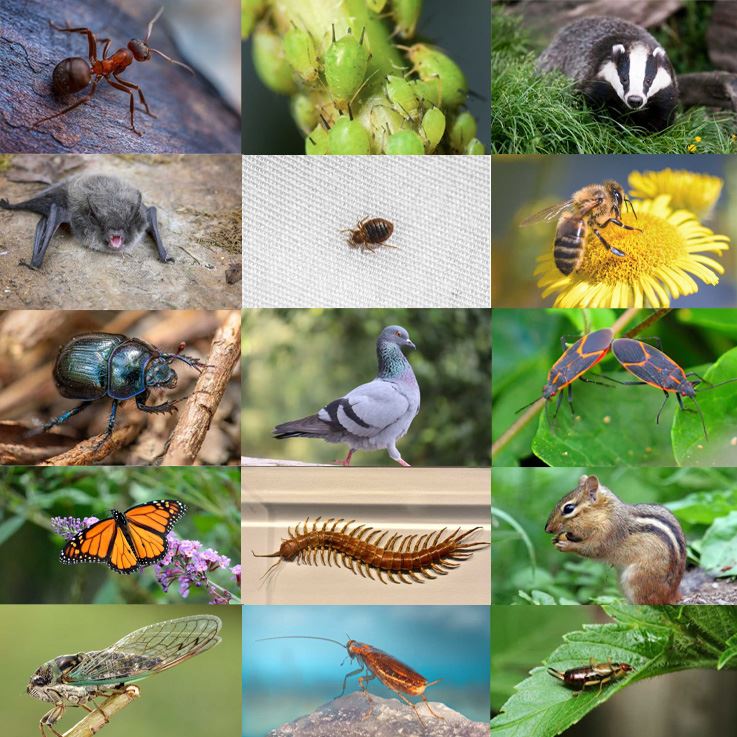
Frequently Asked Questions About Sand Fleas
What do sand fleas look like?
Sand fleas are small, pale, elongated crustaceans with flattened bodies, prominent antennae, powerful hind legs for jumping, and claws for digging in sandy beach environments.
Learn more: What Do Sand Fleas Look Like?
Do sand fleas bite?
Yes, sand fleas do bite.
Learn more: Do Sand Fleas Bite?

Hear From Our Happy Customers
-
"Great Communication"
Tech was on time, communication was great, and he accommodated my needs.
- Alonzo W. -
"Very Knowledgeable"
The tech that arrived was courteous, professional, and very knowledgeable. He was Great.
- Uerial I. -
"Exceeds Expectations"
I can’t say enough positive things about this company... The tech that came out, Jarvis went above and beyond my expectations. Thank you guys, I will continue using your services.
- Jake M. -
"Professional & Considerate"
I’m pleased with Miche services. Jarvis came today. Professional and considerate. Thank you!
- Judy B. -
"Fantastic & Patient"
Jarvis was fantastic and patient. He answered my questions with an in-depth explanation and addressed all of my areas of concern. Would love for him to be my assigned tech going forward. Well done!
- Yonnette M. -
"Wonderful Service"
Wonderful service. Jarvis is great. Took care of everything I needed. Thank you!
- Henry P.

